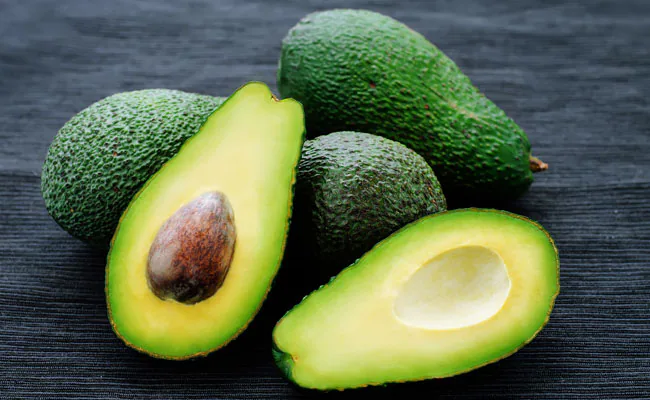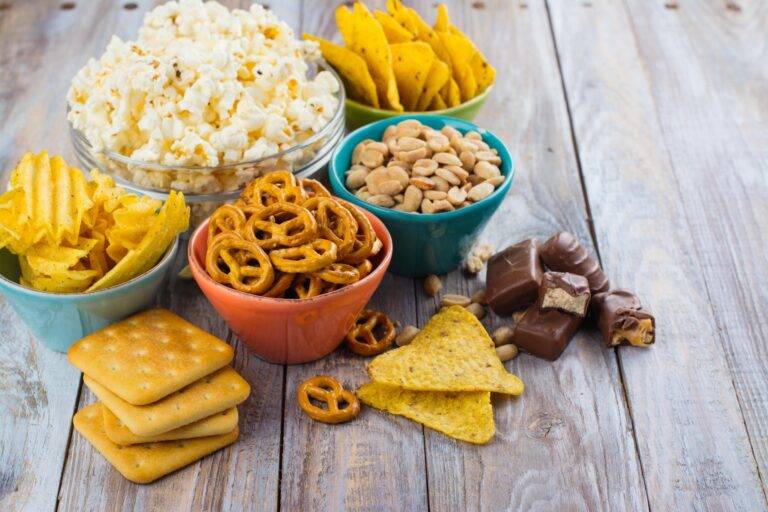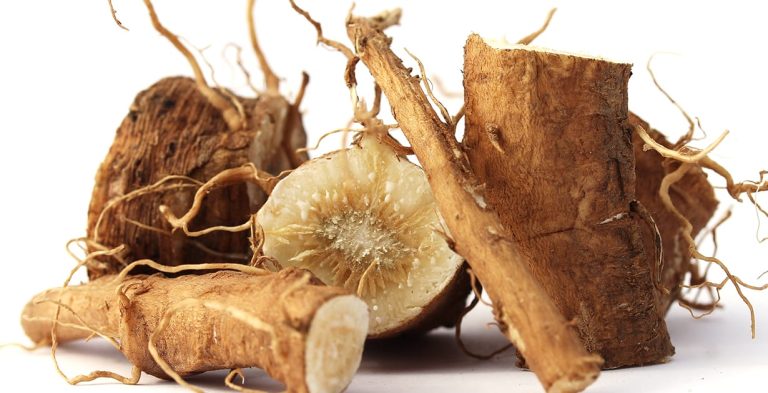10 Fiber Foods for Kids
Why Is Fiber important for Kids?
Fiber plays an important role in supporting a healthy digestive system, and it helps keep the body’s system clean and running smoothly. Foods that are high in fiber also have the added benefit of being filling, which can help discourage overeating. In other words, be sure to offer your kids a variety of foods from each food group at every meal, including a variety of fiber-containing foods like whole grains, fruits, veggies, and legumes (dry beans and peas).
Good Sources of Fiber for Kids: A high-fiber food has 5 grams or more of fiber per serving, and a good source of fiber is one that provides 3 grams per serving.
Best sources of fiber include:
- Grains:Whole-grain breads and cereals, oat bran, brown rice, and barley
- Fruits:Apples, oranges, bananas, berries, prunes, and pears
- Vegetables:Green peas, baked potatoes with skin, and legumes (e.g., dried beans, split peas, and lentils)
How to Get Kids to Eat Fiber: If you’re already adding whole grains, fruits, and veggies to your kids’ diets, you’re on the right track. Here are some ways you can incorporate more fiber into their diets.
Pop Some Popcorn: Popcorn is a great low-calorie way to get more fiber in your diet. Popcorn is a whole grain, and increasing the whole-grains in your diet is an effective constipation remedy. However, salt and butter added to them may undo some of its benefits. Air popped popcorn or healthy variety of microwave popcorn are the best option to choose from.
Try Beans for a Big Fiber Boost: Beans can provide twice as much fiber as most vegetables. 9.5 grams of fiber are present in half a cup of navy beans kidney beans with similar serving size provides 8.2 grams.
Dried Fruits: Such as dates, figs, prunes, apricots, and raisins, are another great source of dietary fiber that acts as a constipation remedy. Prunes are not only rich in fiber but also contain sorbitol, which is a natural laxative.
Like fiber, sorbitol is a type of carbohydrate and has a molecular structure similar to sugar. Fiber isn’t digested and so it retains water as it passes through your gut. The water relieves constipation as it softens the stools and makes it easier to pass through the rectum.
Switch to Whole-Grain Bread: If you want to keep constipation at bay, then the bread you eat should be made from whole grains as they have complex carbs, high fiber and low fat.
Start Your Day with a High-Fiber Cereal: Years ago, high-fiber breakfast cereals tasted like cardboard, but not anymore. There are so many wonderful high-fiber cereals now. Choose a cereal that has at least 5 grams of fiber per serving.
Bring On the Broccoli: One of the high contents of fiber source vegetable is Broccoli. It is low in calories and a great source of nutrients. Raw broccoli is high in fiber content and cooking it reduces the fiber in it. Therefore, eating raw has a higher benefit. However, steaming, broiling, or baking your broccoli rather than cooking in oil can help avoid extra calories. If you want, you can also saute broccoli with little olive oil, salt, and pepper for additional flavour.
Go Raw with Plums, Pears, and Apples: Constipation can cause you to feel bloated. Eating more raw fruit can be a constipation remedy because fruit, too, is high in dietary fiber. The edible skin of plums, pears, and apples are loaded with fiber. They are rich in pectin. A small raw pear with skin has 4.4 grams of fiber, while a medium apple with skin provides 3.3 grams of fiber.
Nuts: Nuts are yet another fiber powerhouse. Among the best are Brazil nuts, peanuts, and walnuts. A 1-ounce serving of almonds provides 3.3 grams of fiber, while a similar size serving of pistachios will provide 2.9 grams of fiber, and pecans 2.7 grams. However, nuts are calorie dense and thus should be eaten in moderation
Green Peas: Rich in minerals like iron, zinc, potassium, B vitamins, vitamins C, A and K and antioxidants as well as proteins, green peas serve the overall micro nutrients in the diet. Other option of high fiber vegetables are carrots, broccoli, turnips and sweet potatoes.
Lentils: Like most mature legumes, lentils are a high-fiber, nutrient-dense food — a small, 1/4-cup serving has about 58 calories and 4 grams of fiber. The best part is lentils are low-fat, high-protein source of iron, zinc, magnesium, potassium and B vitamins. Dried beans and peas are generally comparable to lentils, both in nutritional value and fiber content.
Oatmeal: Oats are naturally rich in fiber, complex carbohydrates, Plain, fortified instant oats have the same amount of fiber as regular oats, in addition to significantly higher amounts of vitamins and minerals. Quinoa, brown rice and whole-grain pasta are other good sources of dietary fiber
Choose Oven-Baked Potato Wedges with the skins over regular French fries.
How to include Fiber in Kids Diet?
- Toddlers (1-3 years old) should get 19 grams of fiber each day.
- Kids 4-8 years old should get 25 grams a day.
- Older girls (9-13) and teen girls (14-18) should get 26 grams of fiber a day.
- Older boys (9-13) should get 31 grams and teen boys (14-18) should get 38 grams per day.
While the above article guides you to eating healthier, there is no substitute for customized professional advice given by a qualified pediatric nutritionist. We urge you to speak to your personal dietician or if you need help, contact a nutritionist at Qua Nutrition.
You can contact us at 9743430000 or log on to QUA Nutrition to Book An Appointment.







